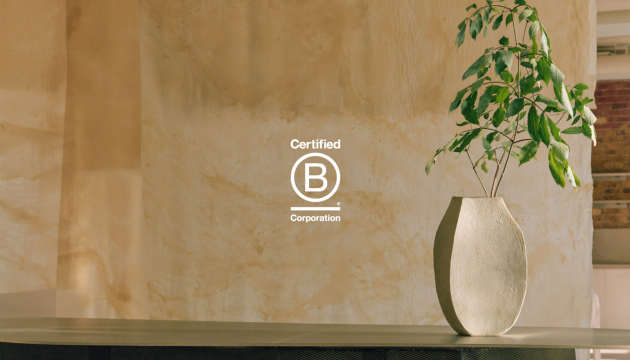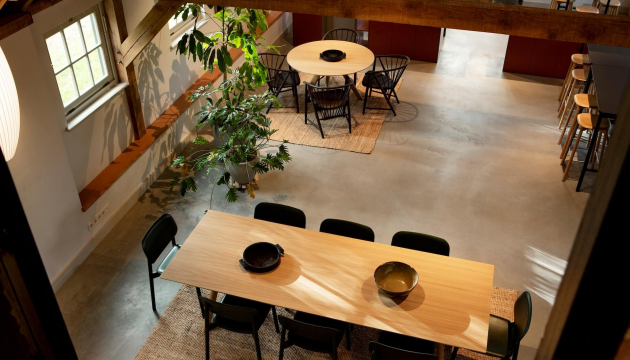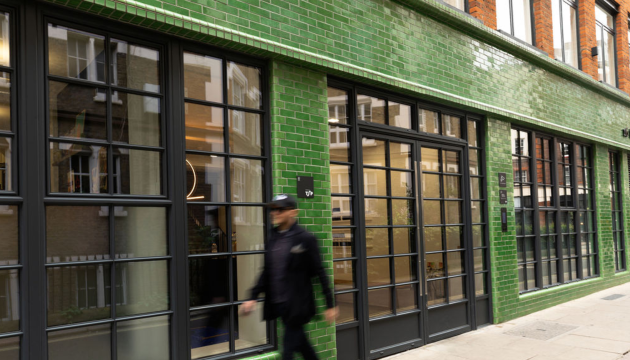We delve into the minds of Freddie Pritchard-Smith and Michael Crawford, co-founders of Trustek, independent PropTech consultancy and TSP Partner. Hear about the future of real estate merged with technology, and why we need to stop searching for a magic silver bullet.
What is the mission of Trustek?
Freddie Pritchard-Smith:
As independent PropTech consultants, our mission is to ensure that PropTech works effectively in every building. We do this by helping our clients understand what they currently have available to them, why they have it and, critically, what they are doing with it.
Michael Crawford:
We founded Trustek having come from different verticals – a combination of technology and property surveying – but what we both clearly recognised was a gap in the market for a consultancy that successfully managed the whole 360 lifecycle of property technology. It’s a large, noisy marketplace and commercial real estate need help making sense of it.
FPS: This is where our Understand, Select, Deploy, Measure framework comes in. Without one of the four, the system breaks down. You can understand what a solution needs to achieve, and you can source the perfect product, but if the users on site aren’t properly involved in its deployment, the solution can fall flat, resulting in poor ROI and, sometimes, a distrust in adopting other solutions in the future.
The most important industry challenge prop-tech can solve?
MC: Firstly, it’s important to say there isn’t a silver bullet in terms of PropTech. Each asset, and each challenge, is different.
In most cases, an asset requires multiple technologies to be deployed to solve the challenges, so the search for the mystical silver bullet needs to end.
FPS: Back in April we hosted an event that brought occupiers, owners, operators and technology providers together, to establish whether smart buildings could work for everyone. What was interesting about this project, which started with siloed discussions with each group, is that there was a definite alignment of challenges across all stakeholders; energy optimisation, cost reduction, building utilisation, access to data and communication.
The key takeaway though was that for any problem, a collaborative approach to solving it is needed to make it successful.
Your advice to landlords hesitant to adopt prop-tech, or unsure where to start?
MC: The starting point is education and understanding.
A study by the RICS found that 92% of surveyors believed PropTech to be the future of real estate, but only 40% believed their skills were sufficient to fully embrace PropTech.
This may have slightly changed since the pandemic, but we often see the responsibility for property technology tagged onto an existing role, split across multiple people, or siloed to particular teams, resulting in a disconnected approach to PropTech.
If real estate wants to take seriously the outcomes that property technology can achieve, dedicated time and expertise need to be allocated to it; whether in-house or by working collaboratively with experts who have a vast knowledge of the market.
FPS: Our other piece of advice is to go back to basics. For clients unsure of where to start, we always recommend our Building Audit.
It helps gain a thorough understanding of a building’s existing technology, who uses it and how it is used.
It’s an excellent springboard as it then provides a gap analysis and remediation report with no and low-cost improvements, as well as suggested Capex cost investments, specific to that asset. From there clients can make improvements and procure new technology, or we can support them on this journey.
Some of the most innovative building tech solutions you’ve seen?
MC: For me it’s not necessarily about the most innovative, but about seeing the correct technology, people and processes work in harmony. You can have the most innovative solution, but if one part of that lifecycle is off, it’s not reaching its full potential. That is the goal and when people get the most out of technology.
FPS: I’m really impressed by some of the automated building optimisation solutions on the market; software that can be deployed within a building that can adjust the energy consumption and react to the number of people onsite and increasingly save energy over time.
In 2050, what will the office look like?
MC: Unless operators and owners adapt to have a more a more strategic and tactical approach, I worry that buildings could still be struggling with operational efficiency.
Currently, people are not placing enough emphasis on effectiveness, and I hope that by 2050 this will have changed. Real estate is going through a huge transition right now which, excitingly, is changing the status quo of commercial real estate and shaking up the balance of employer and employee needs.
FPS: An office building in 2050 will, undoubtably, have to be Net Zero in operation. Powered by renewable energy with energy generation (wind / solar) being prevalent in all buildings.
The buildings will be run on-demand and not to a fixed schedule of on or off at pre-determined set times.
I also anticipate that offices will become increasingly mixed-use spaces, with data centres, vertical farms, battery storage and possibly residential, to align to the changing needs of office spaces.
Featured Stories & Insights
 7th July 25
7th July 25
TSP Re-certified as a B Corp
LONDON, 7th July 2025 – TSP, a multi‑award‑winning investment and real‑estate asset manager headquartered in...
Read More 2nd July 25
2nd July 25
TSP CEO Zac Goodman Named Property Leader of the Year at Property Week Awards 2025
LONDON, 2nd July 2025 — TSP is proud to announce that CEO and founder Zac...
Read More 19th June 25
19th June 25
As Featured in: Flex and the City | How Zac Goodman made his mark in third sector property
TSP Founder and CEO Zac Goodman shares his remarkable journey. From analysing interest rates at...
Read More 17th June 25
17th June 25
TSP and NORNORM Collaborate to Redefine Office Spaces in London
LONDON, 17th June 2025 – TSP, a leader in property and community management, has announced...
Read More 12th June 25
12th June 25
6 Mistakes to Avoid in Property Maintenance
Property management and maintenance can be a seamless process. But small errors can quickly escalate...
Read More 9th June 25
9th June 25
5 Common ESG Requirements and How To Address Them
As ESG considerations become a driving force in business, organisations are under increasing pressure to...
Read MoreView all
